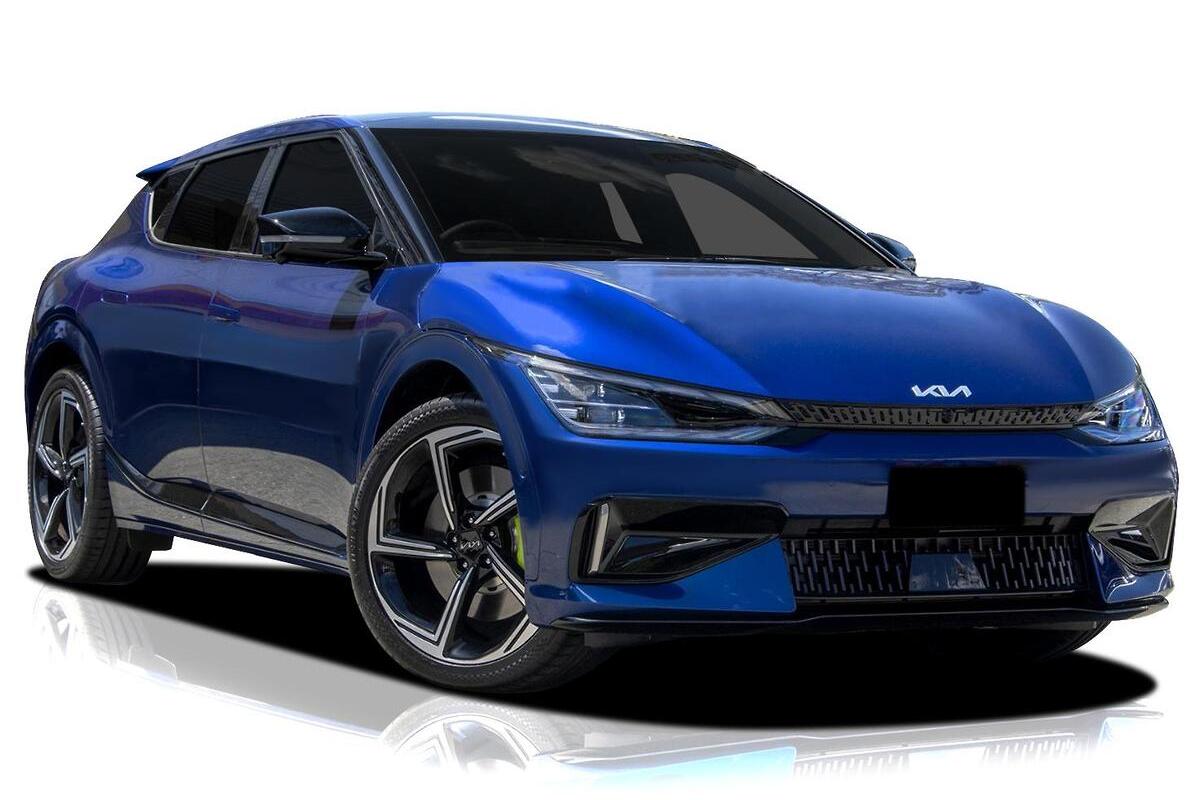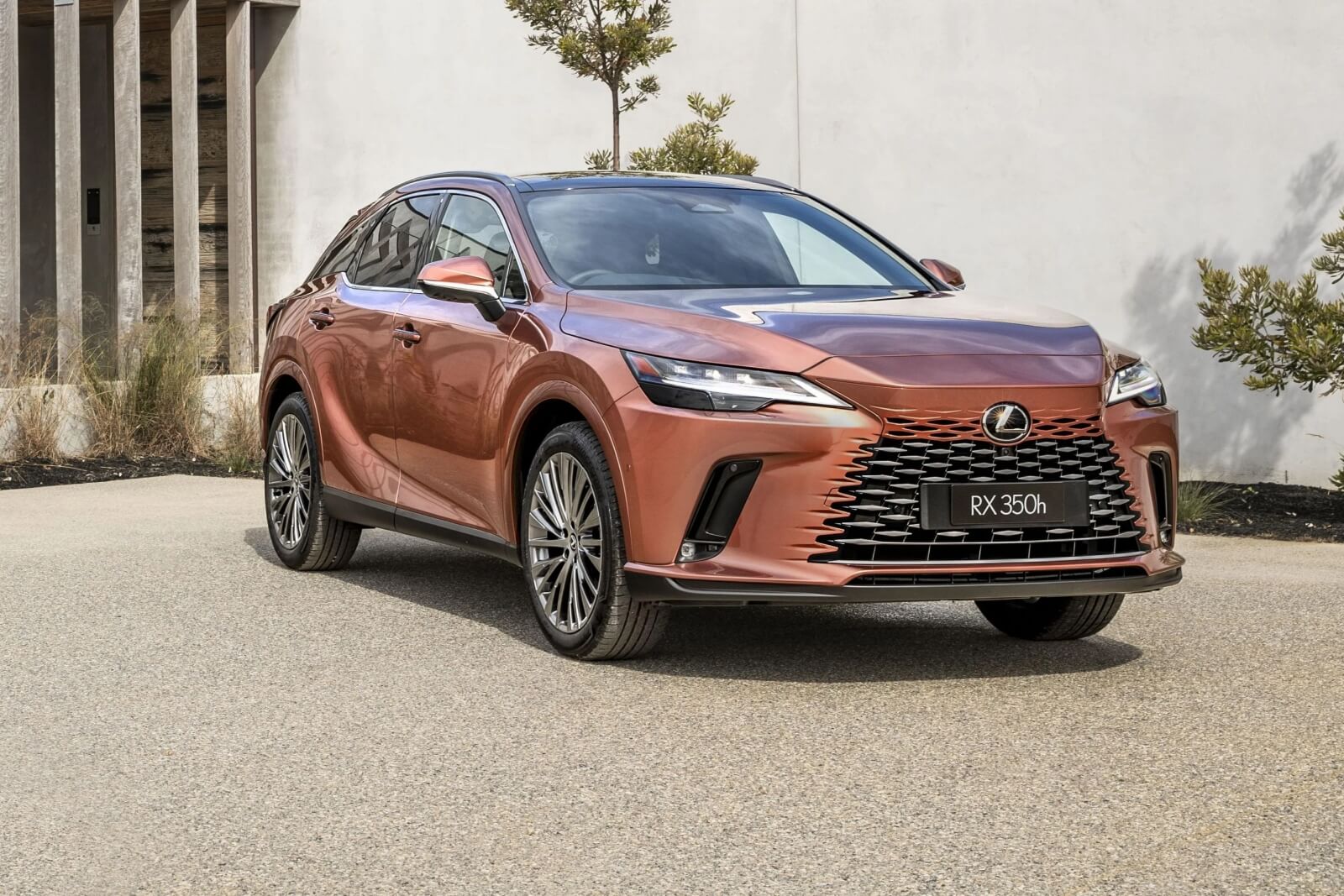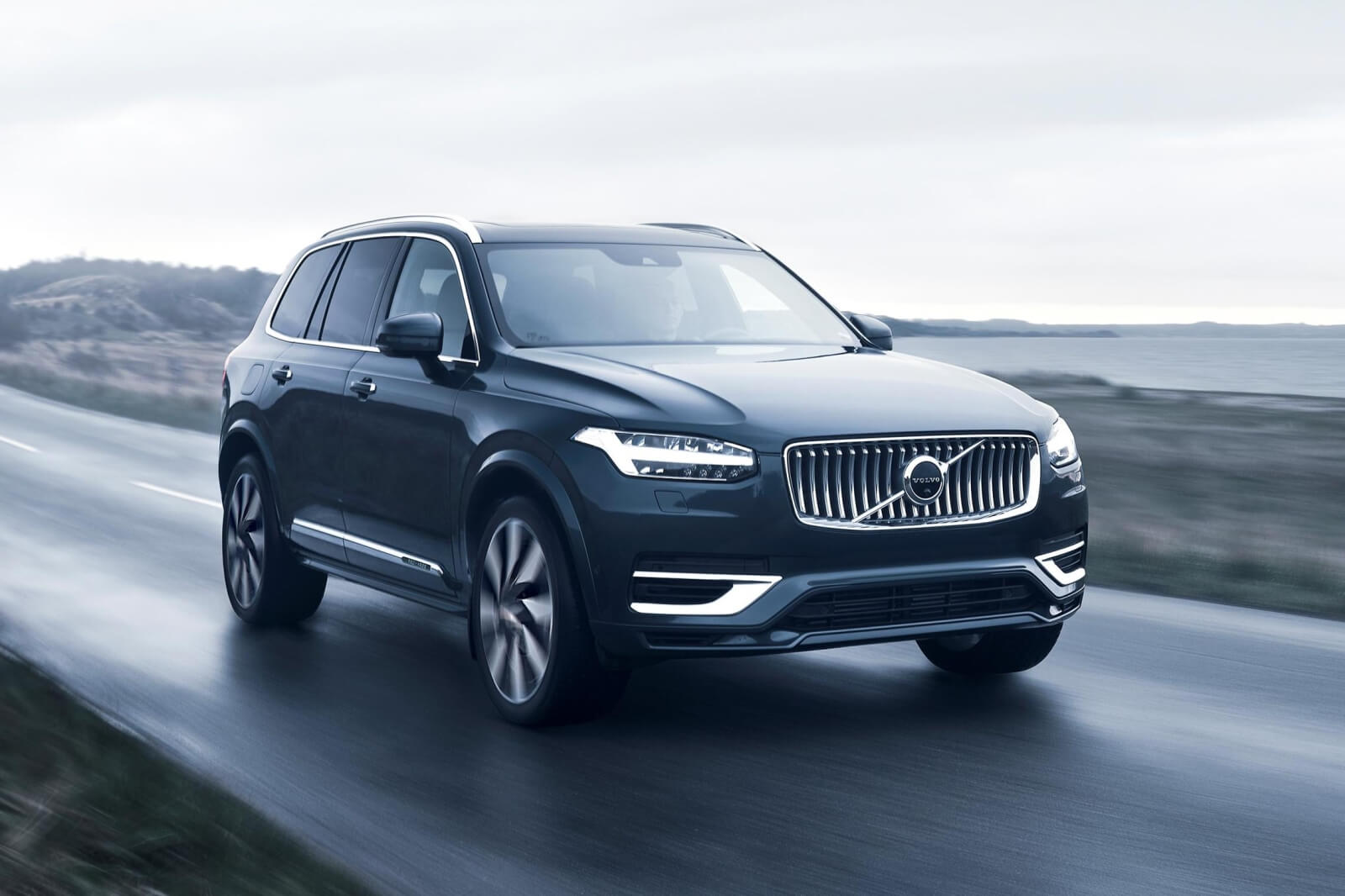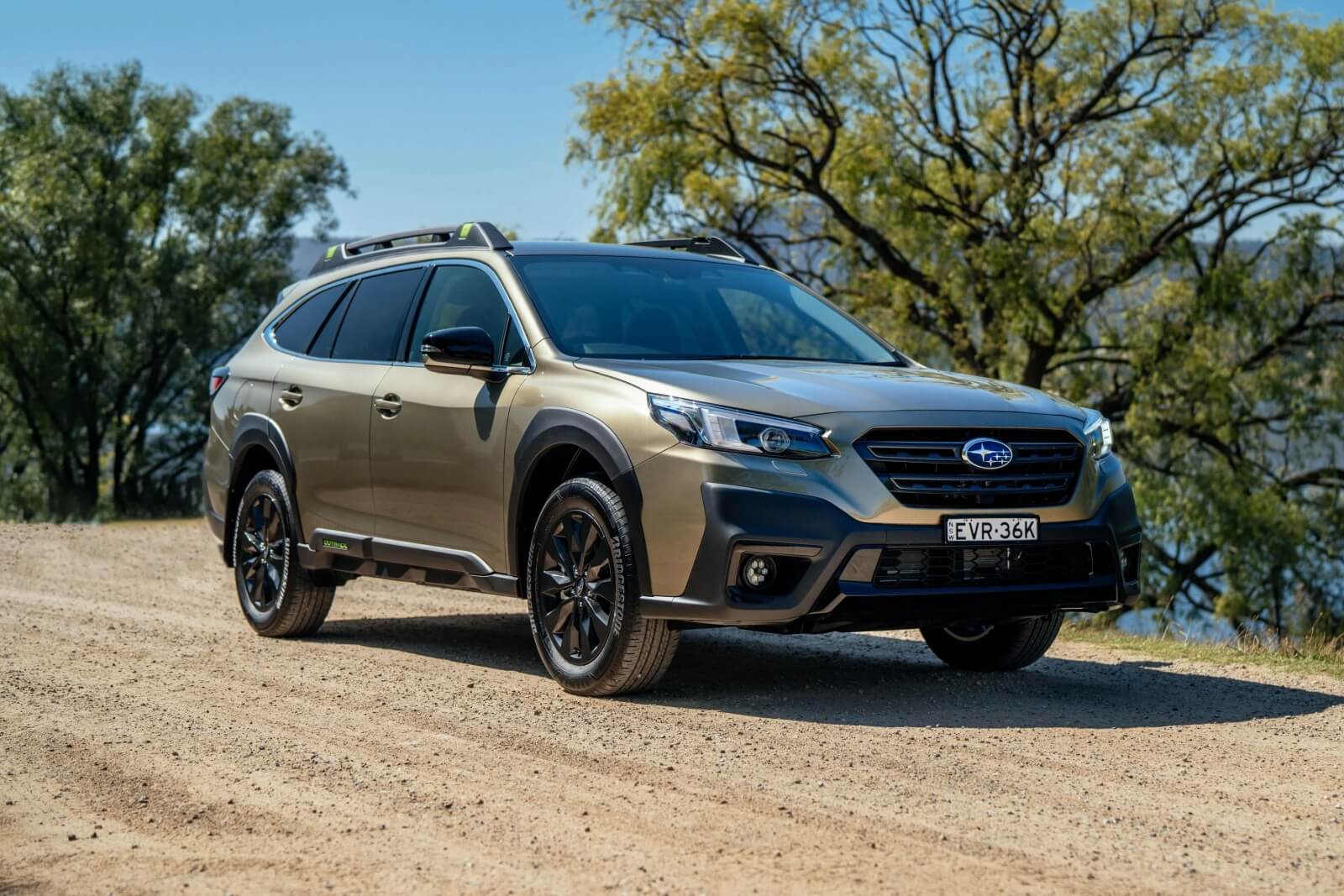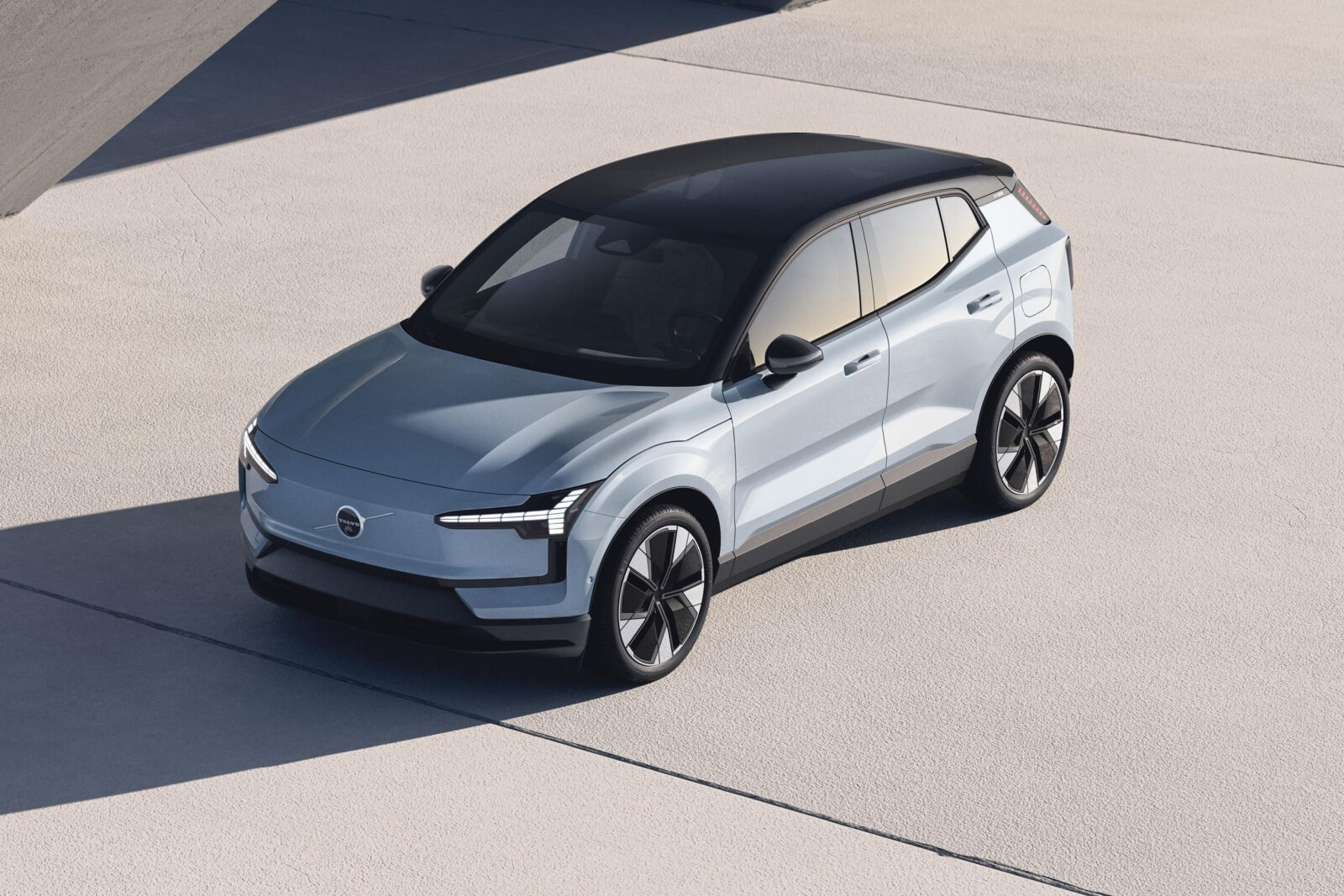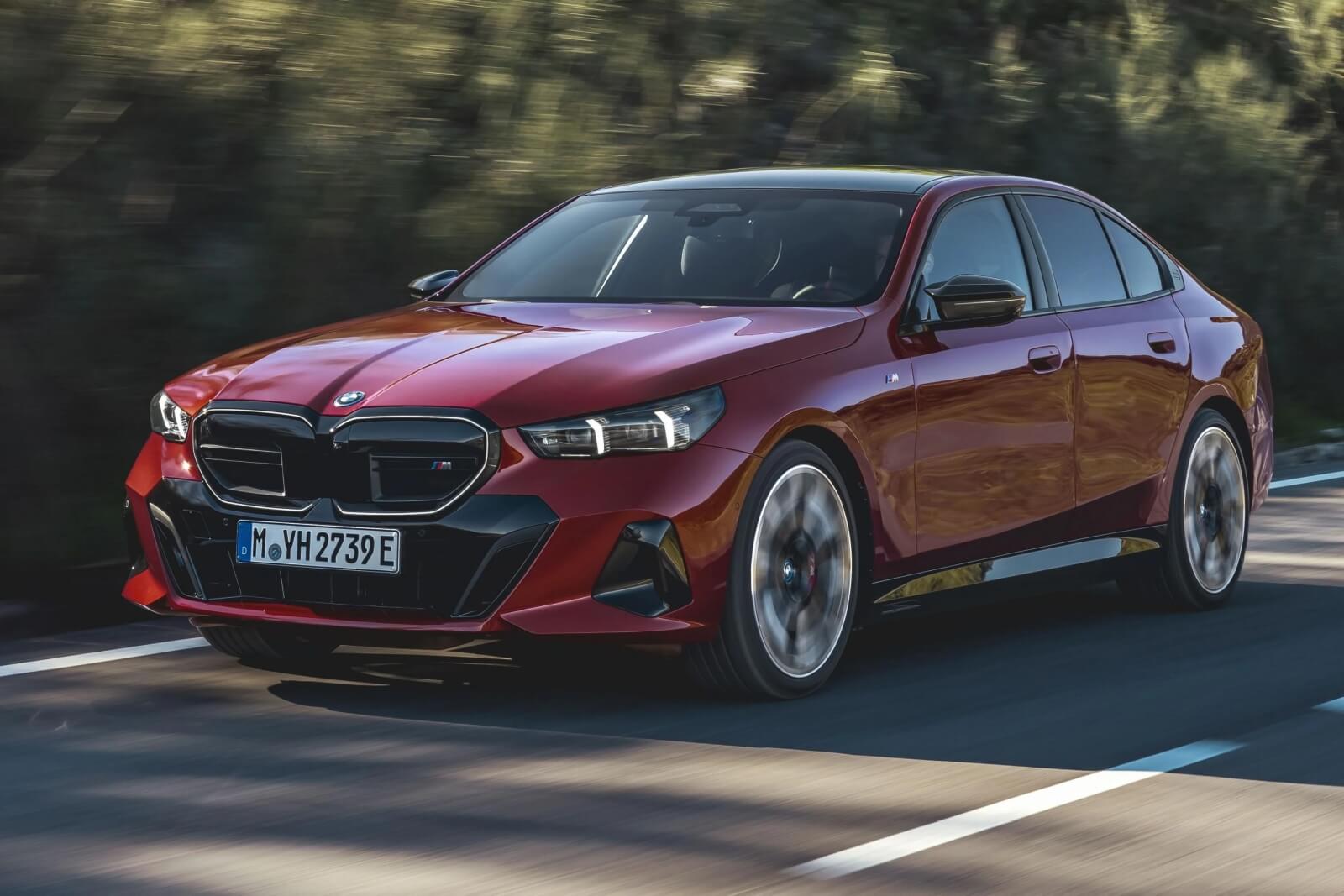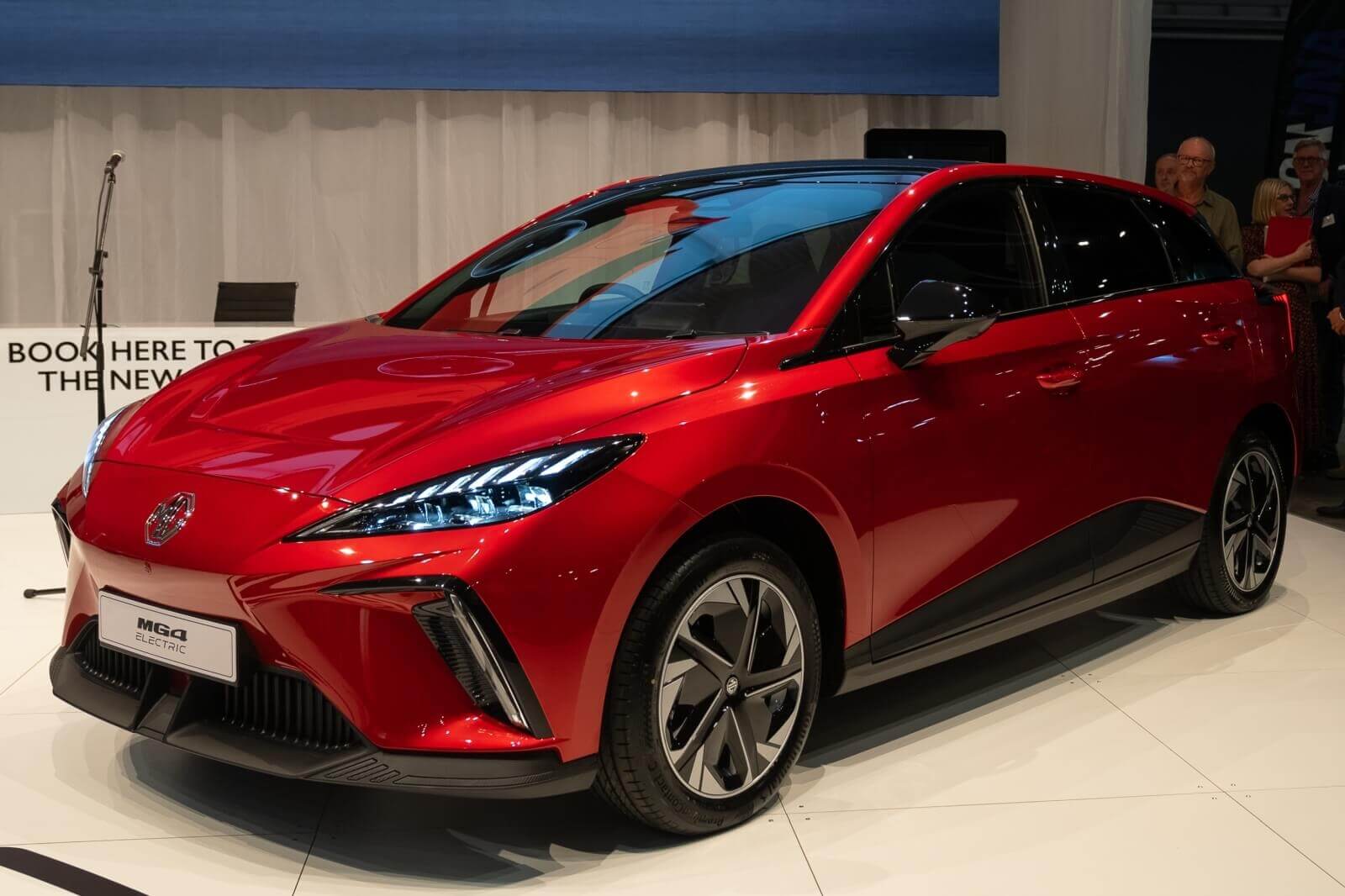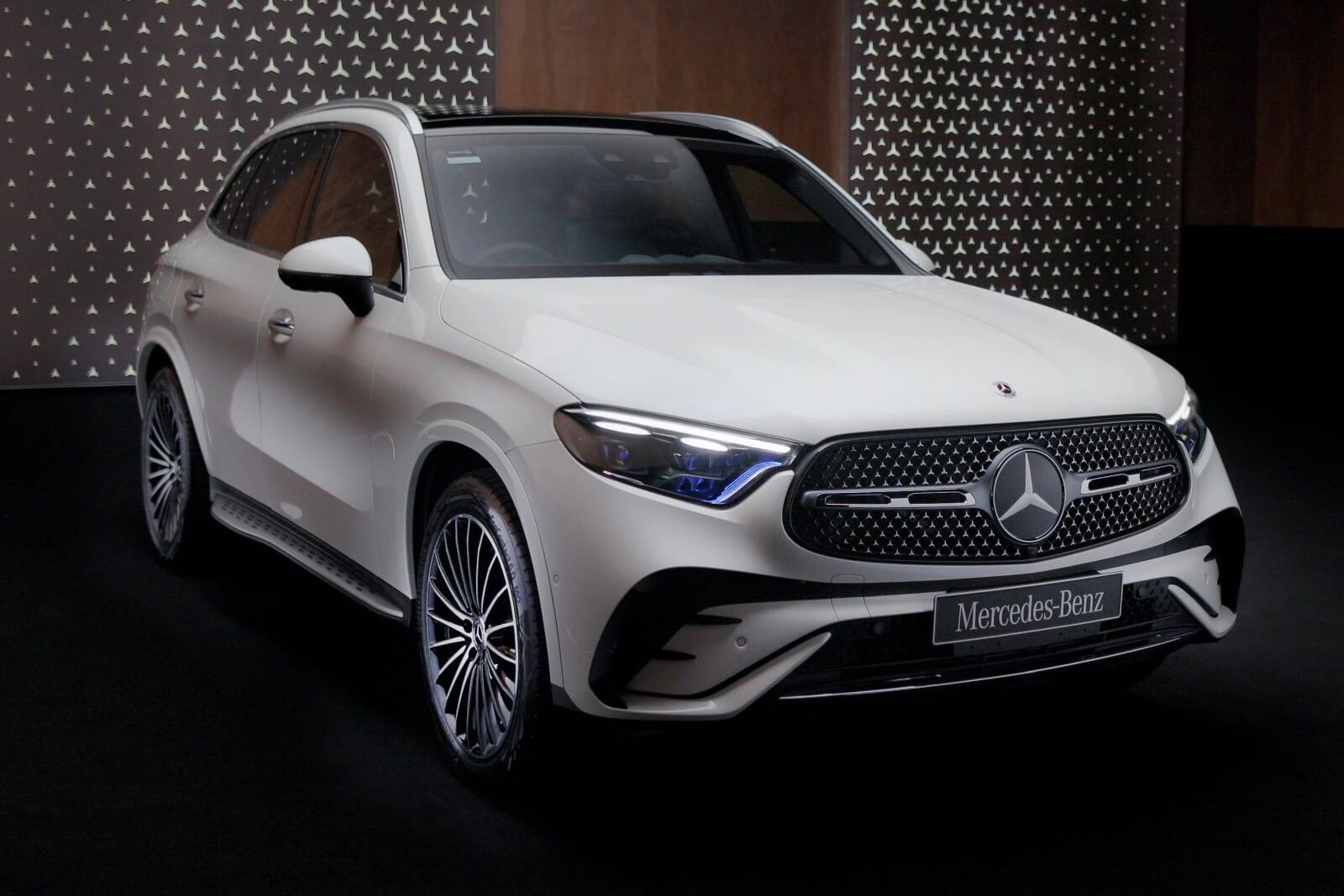The EV6 GT showcases remarkable acceleration, reaching 0-100 km/h in a breathtakingly short time. This performance-oriented electric vehicle not only exceeds expectations but also challenges the notion that high-performance EVs are solely reserved for the
Pros
- Outrageous speed, particularly considering the price
- Locally-tuned ride and handling deserves tremendous applause
- Futuristic exterior and interior, yet still user-friendly and versatile
Cons
- Lacks wireless phone connectivity
- Practical driving range falls below 400km
- $100,000 seems steep for a Kia, despite its capabilities
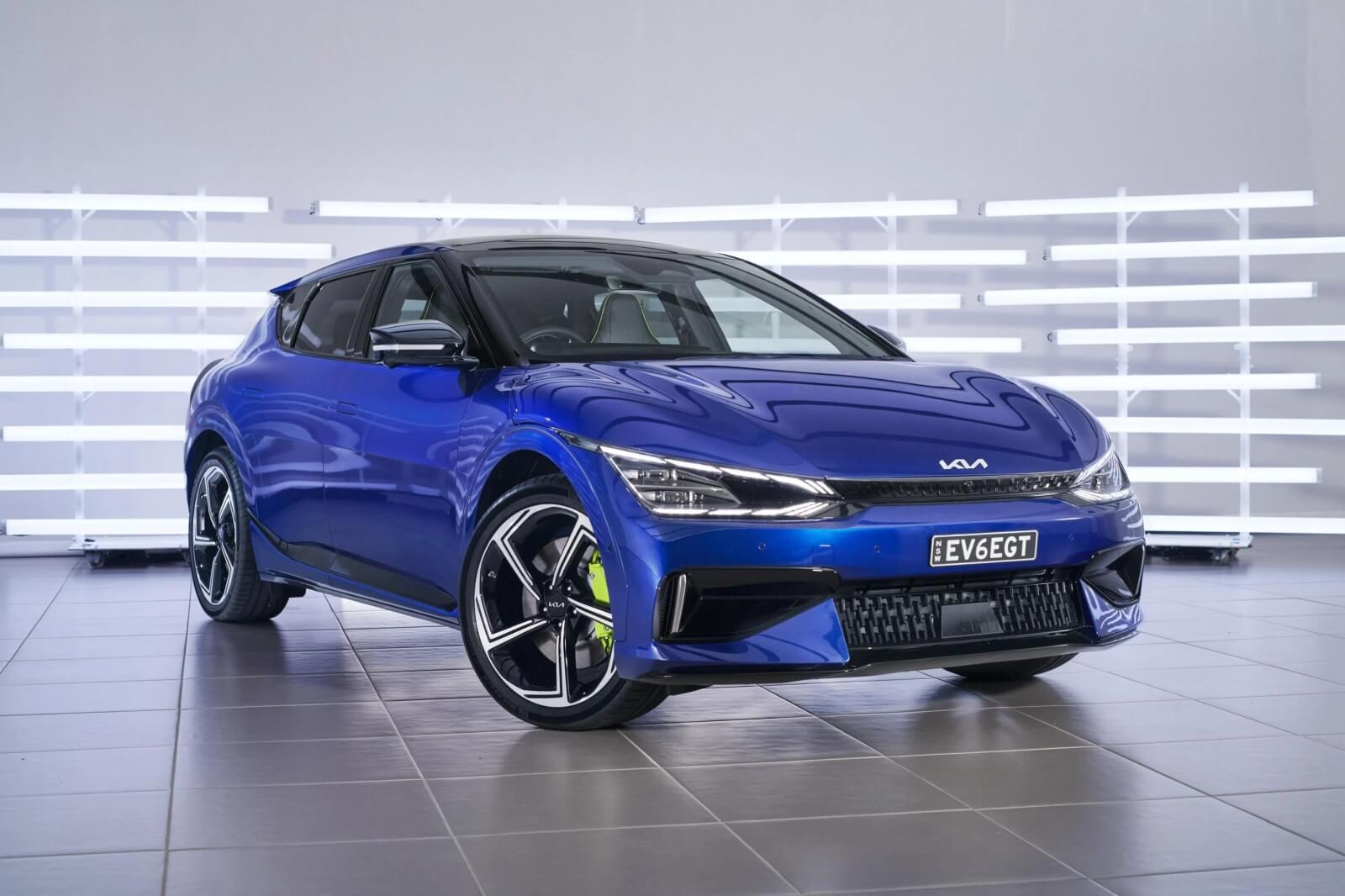
The 2023 Kia EV6 GT ranks as one of the speediest cars available under $100,000 in Australia.
With a remarkable 0–100km/h acceleration time of just 3.5 seconds, it surpasses similarly priced speedsters like the Mercedes-AMG A45 and Audi RS3. Indeed, this swift EV from Kia is faster than a Porsche 911 Carrera4 and matches the BMW M4 AWD in quickness, even though those renowned performance vehicles come with much heftier price tags than the Kia EV6 GT.
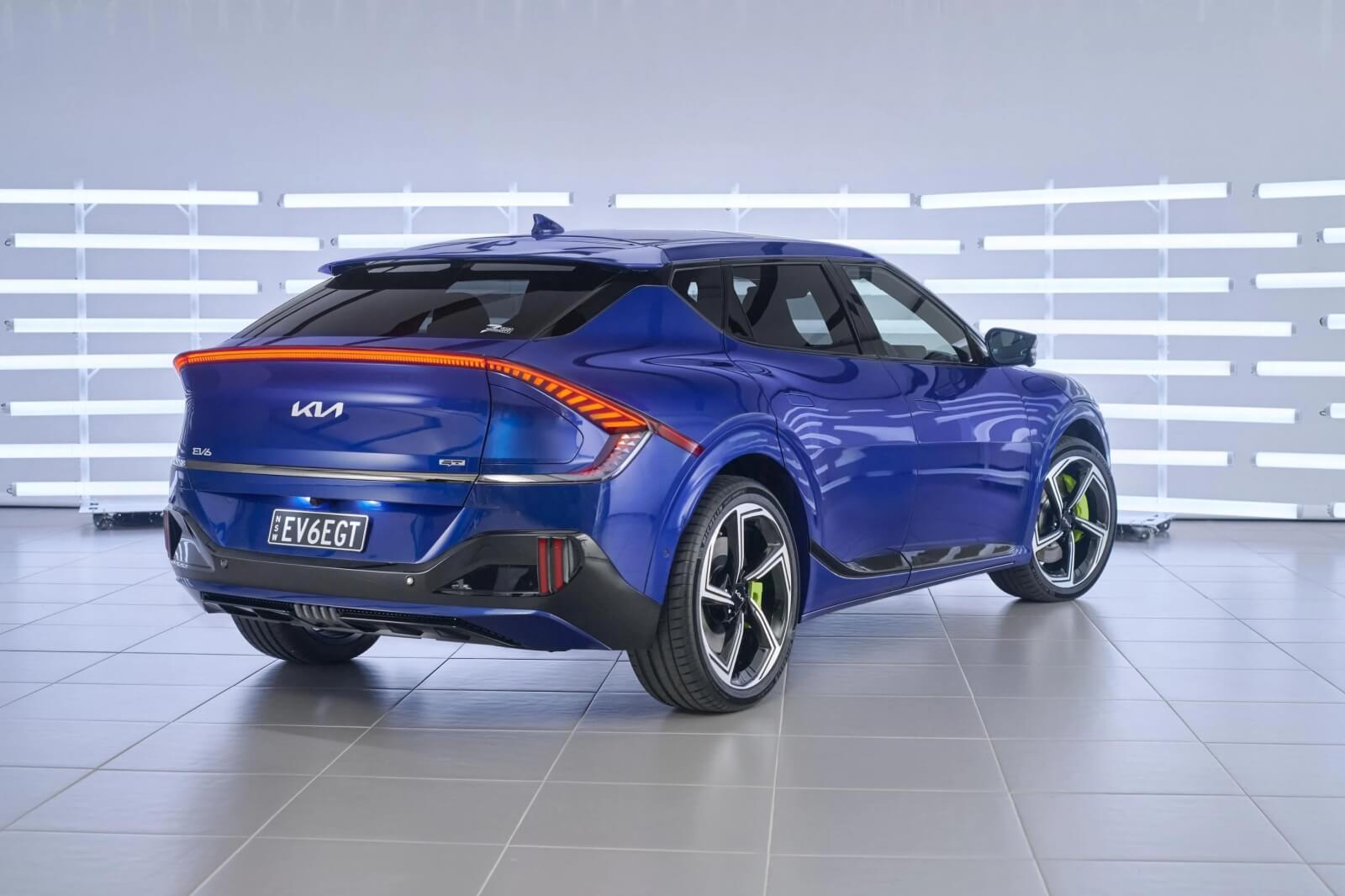
The sole faster car under $100K is the Tesla Model 3 Performance sedan, which boasts a 0–100km/h time of 3.4 seconds.
However, the fundamental EV6 model shares this problem, which poses a significant challenge for the new GT grade – a flagship level that nears $110,000 driveaway once the vehicle is on the road in Australia.
All this poses a question: is Australia prepared for a Kia that’s faster than a Porsche? Also, is Australia ready to shell out $110K for a brand that was established on the principles of affordability and value?

What are the prices for the Kia EV6 GT?
2023 Kia EV6 pricing:
Kia EV6 Air RWD: $72,590
Kia EV6 GT-Line RWD: $79,590
Kia EV6 GT-Line AWD: $87,590
Kia EV6 GT AWD: $99,590
Prices exclude on-road costs
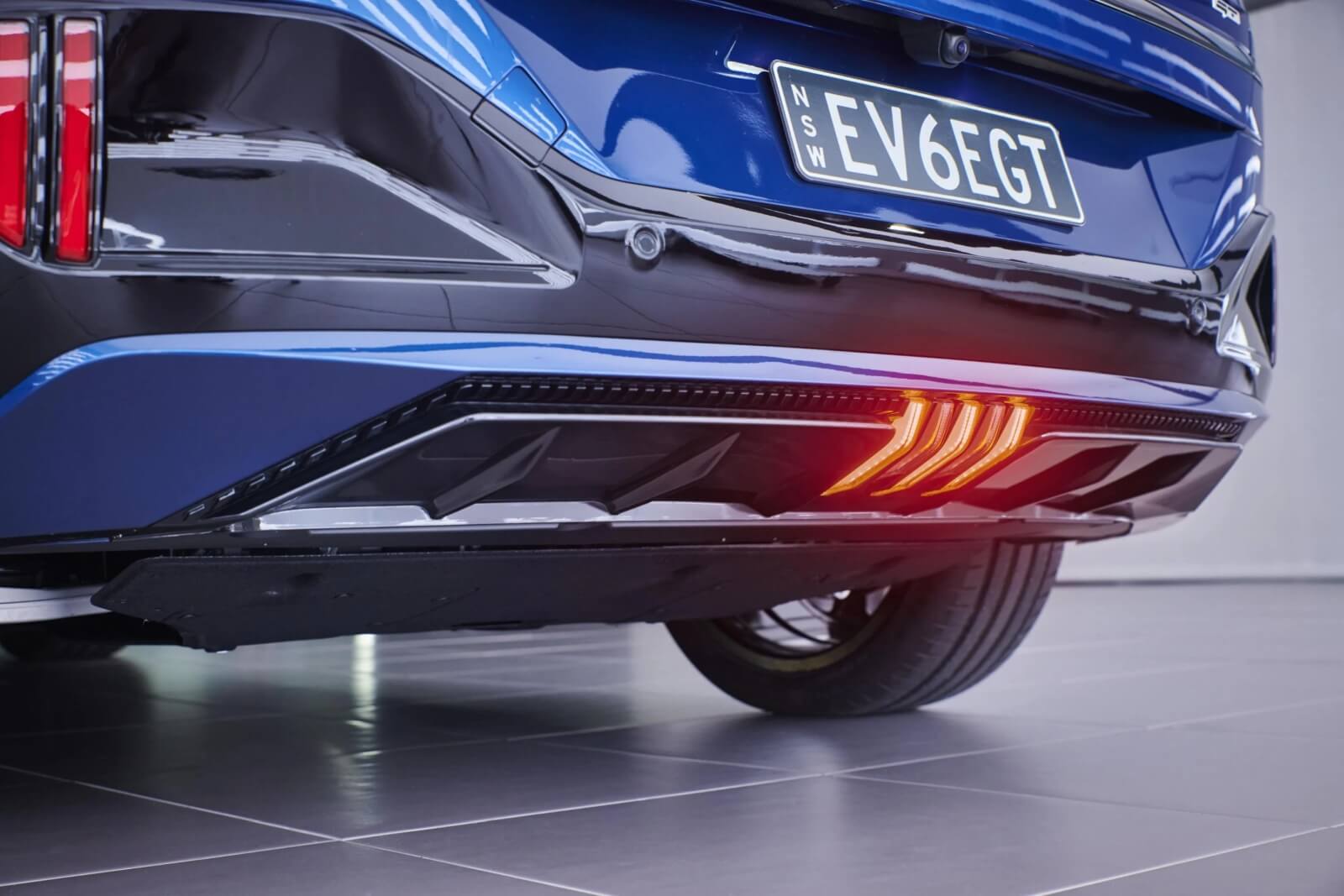
The EV6 GT, with a price tag of $99,590 excluding on-road costs, is just shy of the $100,000 mark. Not only that, but it's the priciest model ever sold by the Korean automaker in Australia.
Costing $12,000 more than the EV6 GT-Line AWD ($87,950), which offers 239kW and 605Nm from its two-motor electric drivetrain and can reach 0-100 in 5.2 seconds, it also leaves a $20,000 gap to the EV6 GT-Line RWD ($79,950).
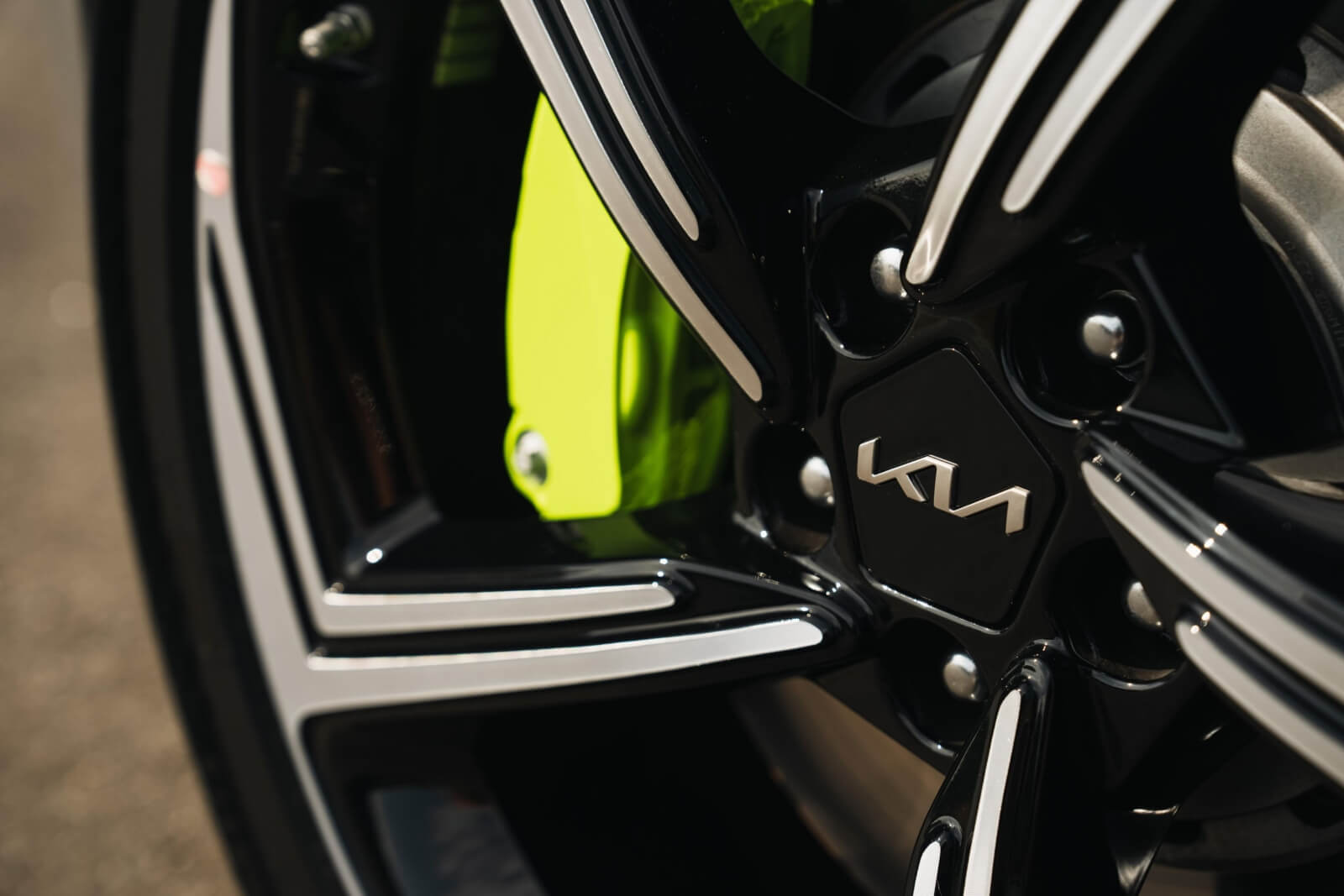
Key competitors include the Tesla Model Y Performance ($94,900) with 393kW and a 0-100 time of 3.7 seconds, the entry-level BMW i4 eDrive40 ($99,900), and the fully loaded Polestar 2 Long Range Dual Motor with Performance Pack (around $92,300).
The BMW i4 M50, which offers a similar performance to the EV6 GT with its 400kW/795Nm electric drive system and a 3.9s 0-100 time, sells for $129,900 excluding on-road costs.
This year, Hyundai is planning to launch the Ioniq 5 N, which should use the same mechanical components but with a more track-focused design.

What’s under the bonnet?
The EV6 GT, with its dual-motor drivetrain producing 430kW and 740Nm, is the most powerful production car ever made by Kia, boasting a 0-100km/h time of 3.5 seconds and a maximum speed of 260km/h.
The boost in performance is thanks to a new rear electric motor that increases power by 63% compared to the motor fitted to standard EV6 models.
On its own, the EV6 GT's rear electric motor contributes 270kW (6800-9400rpm), while the front motor delivers 160kW (4400-9000rpm). This results in an 80% increase in overall power compared to the EV6 AWD.
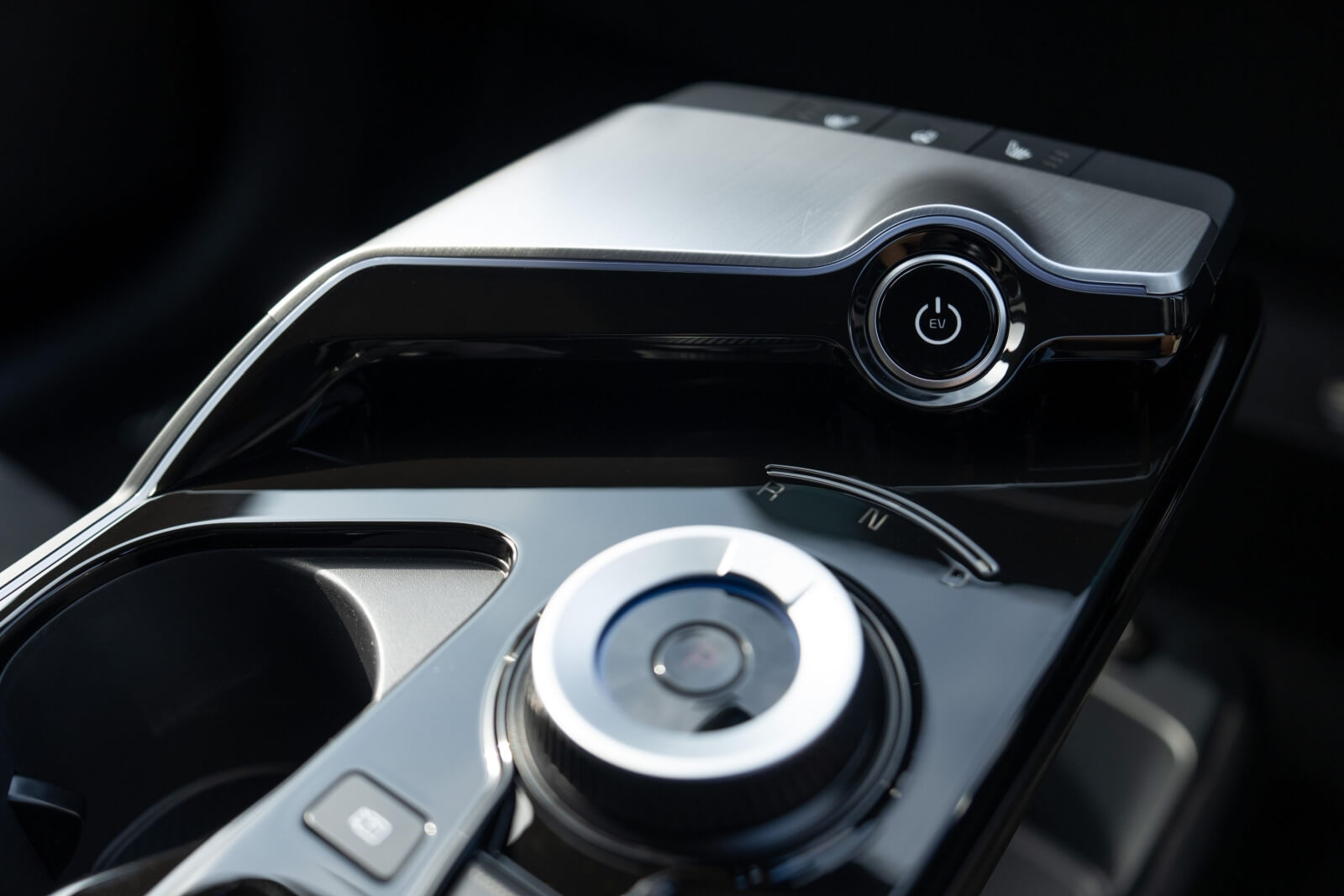
The top speed is also significantly higher – not that it's particularly relevant in Australia – with the standard models having a top speed of 185-188km/h. The same 77.4kWh lithium-ion battery as other EV6 models powers the motors.
Kia gives a combined efficiency figure of 20.6kWh per 100km and a WLTP driving range of 424km – a bit lower than main rivals, and you'll likely see a real-world range of 380-400km if you're a little heavy on the throttle.
The 800V electrical architecture allows for charging at up to 350kW (DC), taking the battery from 10 to 80% in as little as 18 minutes. Charging at a more widely available 50kW will take 73 minutes.
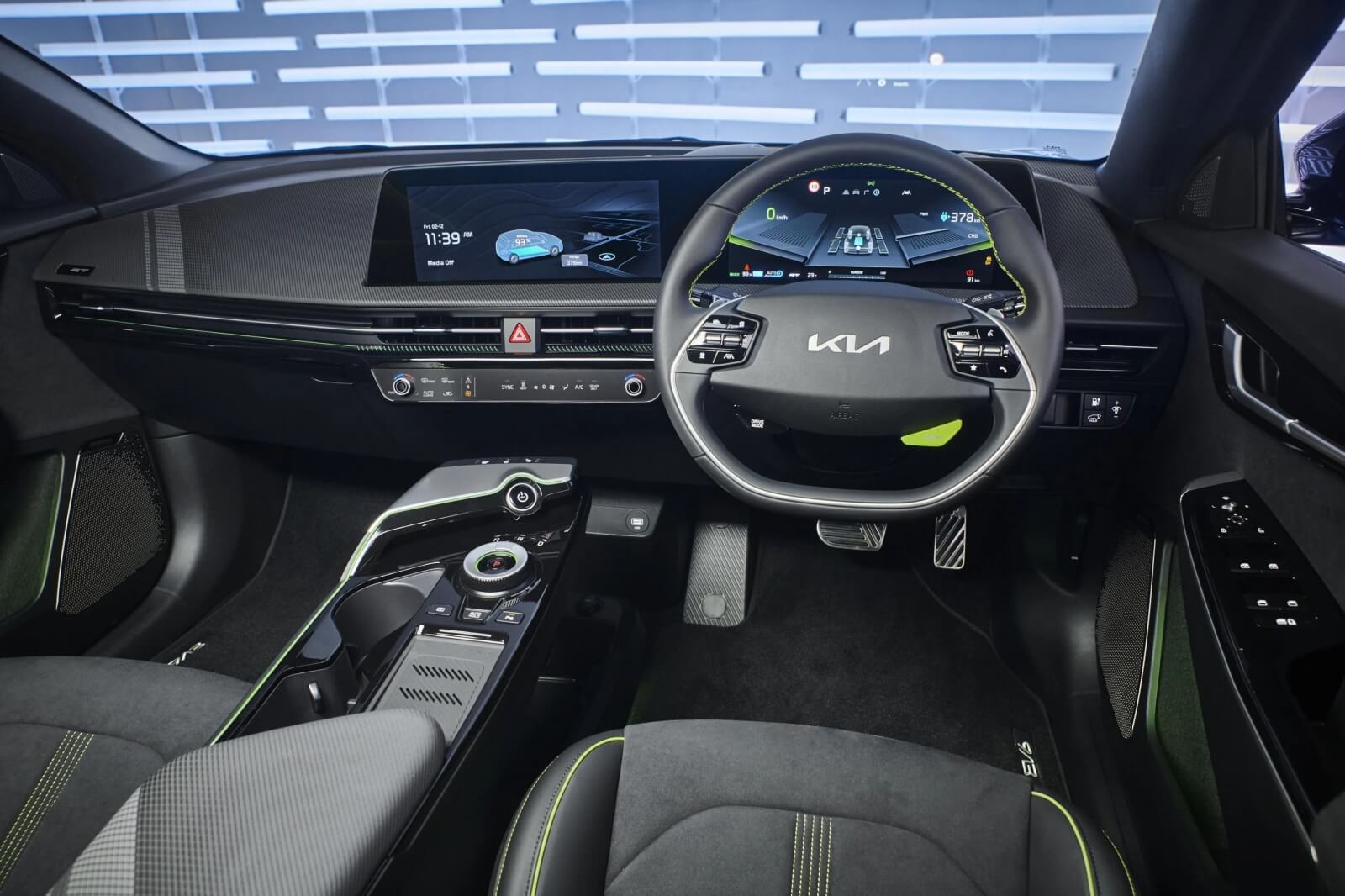
How does the Kia EV6 GT drive?
The EV6 GT demonstrates marked improvements over the rest of the EV6 range in terms of driving dynamics, particularly with the steering issue that hindered the driving experience of the standard EV6 models being notably addressed. This enhances the vehicle's handling, especially on Australia's less than perfect country roads.
Fortunately, the poor ride quality reported in UK and European markets is not present in the Australian version. This can be attributed to Australian engineers extensively retuning the suspension to cater to local preferences. According to Kia, the focus was on providing rally-car level compliance rather than firmness suitable for the racetrack.
Graeme Gambold, Kia's Australian suspension expert, has tuned the GT’s multi-mode adjustable dampers to absorb shocks efficiently while maintaining good roll stiffness. This prevents the car from leaning excessively into corners.

The GT’s 21-inch Michelin Pilot Sport tires contribute to the vehicle's bump-absorbing capabilities. These tires have softer sidewalls than the typically stiff tires designed for EV efficiency.
Switching the car to Sport mode not only sharpens the throttle response but also noticeably firms up the ride. However, it still offers enough comfort for daily driving, if you prefer that kind of driving experience.
The EV6 GT truly comes into its own on winding country back roads, thanks to its deep power reserves, upgraded suspension, quicker steering, larger brakes, and stickier tires. It relishes the opportunity to tackle the various twists and turns of the tarmac.

In Sport mode, which only allows access to 320kW of power, the car remains impressively fast. The abundance of tire grip lets drivers make the most of its considerable power. The absence of 'gear changes', a typical characteristic of EVs, might feel unusual initially for those used to internal combustion engine cars. Unlike traditional vehicles, this EV is always ready to give all it has each time you press the throttle.
The Michelin Pilot Sport 4S tires and 21-inch wheels they're fitted on offer good road feel. The lifting of pandemic restrictions enabled crucial software engineers from Korea to travel to Australia and assist the local team in completing the steering retune.
Simply put, the EV6 GT offers an excellent driving experience, regardless of its fuel type. Even if it were a petrol-powered flagship model, it would still receive high praise.

What is the Kia EV6 GT like on the inside?
The design of the EV6 still gives off a futuristic vibe, even a year after the lineup made its debut in Australia. When seen alone and from afar, the EV6 seems compact, but once you get up close, you'll see it's wider and longer than a Kia Sportage mid-size SUV, albeit with a lower roofline.
The EV6's expansive 2900mm wheelbase (compared to the Sportage's 2755mm wheelbase) allows for abundant space inside. The cabin gives off a functional, minimalist and futuristic aura and offers plenty of storage options for your odds and ends.
The front sport bucket seats, which are unique to the GT, are contoured to hold you firm during spirited driving. While the GT-Line offers electrically adjustable front seats with both heating and cooling features, the GT's seats – a blend of leather and suede – are manually adjusted and lack cooling. Kia states this is to shave off a few kilos from the 2185kg vehicle (80kg heavier than the GT-Line AWD).
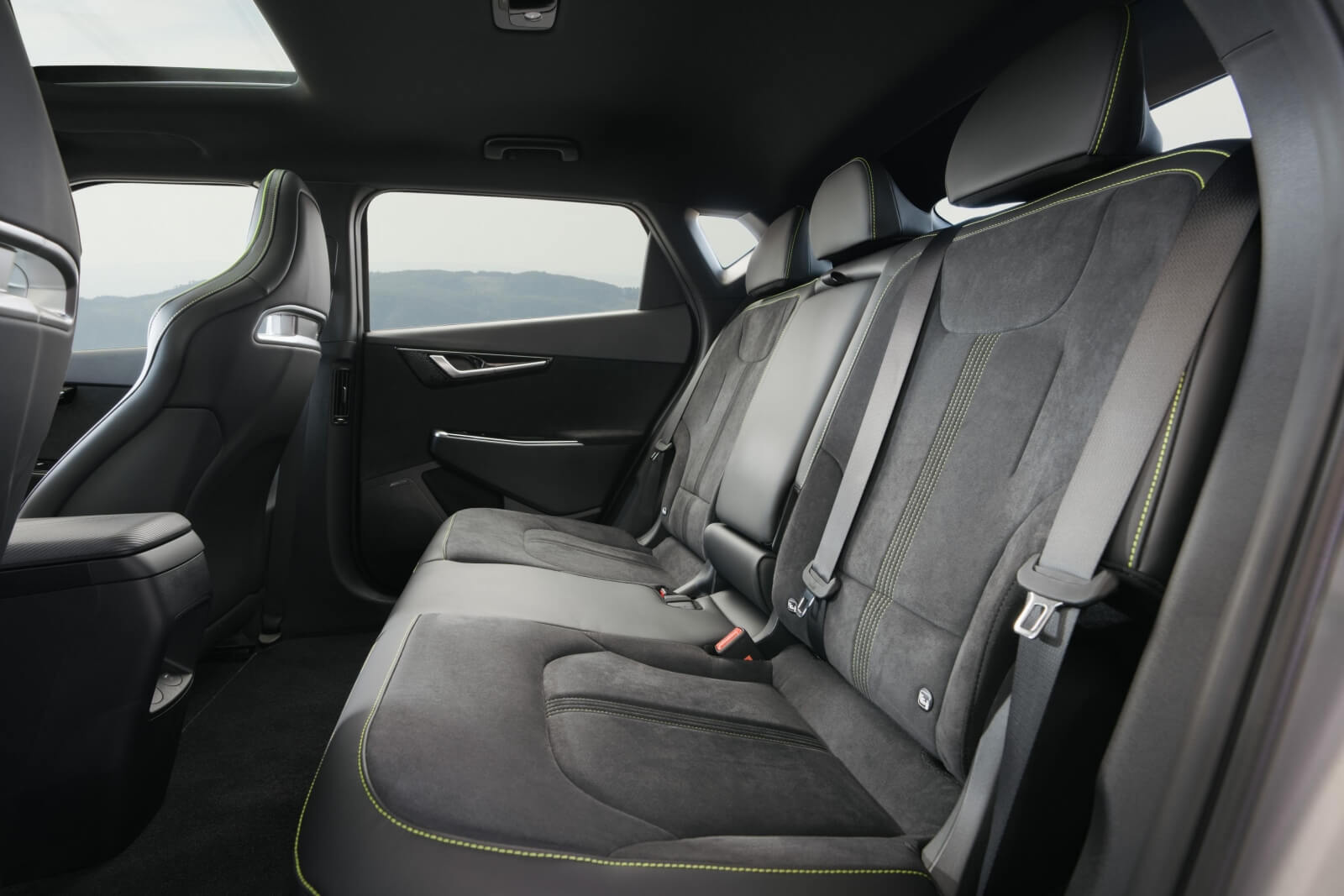
The base of the front seats is steeply angled – too much for my liking, leading to leg discomfort after an hour of driving. Elevating the whole seat can mitigate this, but it may compromise headroom.
While the back doors open wide, the lower roofline could make it tough for taller individuals to climb into the back seats.
Once inside, the EV6 provides ample legroom and foot space in the back, although headroom could be tight for those over 180cm. The seat base sits rather low and close to the floor, meaning it doesn't naturally support the thighs.

Inside the GT, you'll notice green accents on the subtly modified screens of the EV6's twin 12.3-inch displays. One serves the driver and can be controlled via steering wheel buttons, while the central touchscreen display is responsible for navigation, audio, and smartphone mirroring.
Regrettably, Kia persists with wired Apple CarPlay and Android Auto connectivity, even though most rivals at this price point offer wireless options. The Hyundai-Kia group is yet to resolve its longstanding dispute with a prominent smartphone manufacturer.
The back seat lacks climate controls, and the USB ports integrated into the GT-Line's front seats are also absent. There are air vents for passengers on the sides of the vehicle in the B-pillars.

A fold-down armrest, equipped with two cup holders, sits in the middle of the back seat.
The door pockets can accommodate water bottles, and there's a domestic power outlet under the front edge of the back seat base for charging laptops or similar devices. Both outer back seats come with ISOFIX mounts.
The EV6's boot opens electronically to reveal a cargo area of 480L. A pair of latches can fold the rear seats remotely, expanding the boot space to 1260L.
Under the floor is a compartment for storing charging cables, which can also serve as a wet storage area. Additionally, there's a 20L plastic storage bin under the front hood.

Is the Kia EV6 GT safe?
The GT does not have a five-star ANCAP safety rating unlike the broader EV6 range since it has not been tested yet.
At the launch, Kia Australia stated that the GT will be unrated because of the model-specific bucket seats, which eliminate the front-center airbag that's standard in the broader range. Besides that, the GT's list of safety systems is the same as other models.
The core EV6 range scored 90% for adult occupant protection, 87% for child occupant protection, 64% for vulnerable road user detection, and 88% for safety assist.

Standard safety features include:
Autonomous emergency braking (AEB)
Pedestrian, Cyclist detection
Junction assist
Adaptive cruise control with stop/go
Blind-spot monitoring
Front-centre airbag (N/A GT)
Front, rear parking sensors
Intelligent speed limit assist
Lane Following Assist (active centring)
Lane keep assist
Multi Collision Braking
Rear cross-traffic alert
Reversing camera
Tyre pressure monitoring
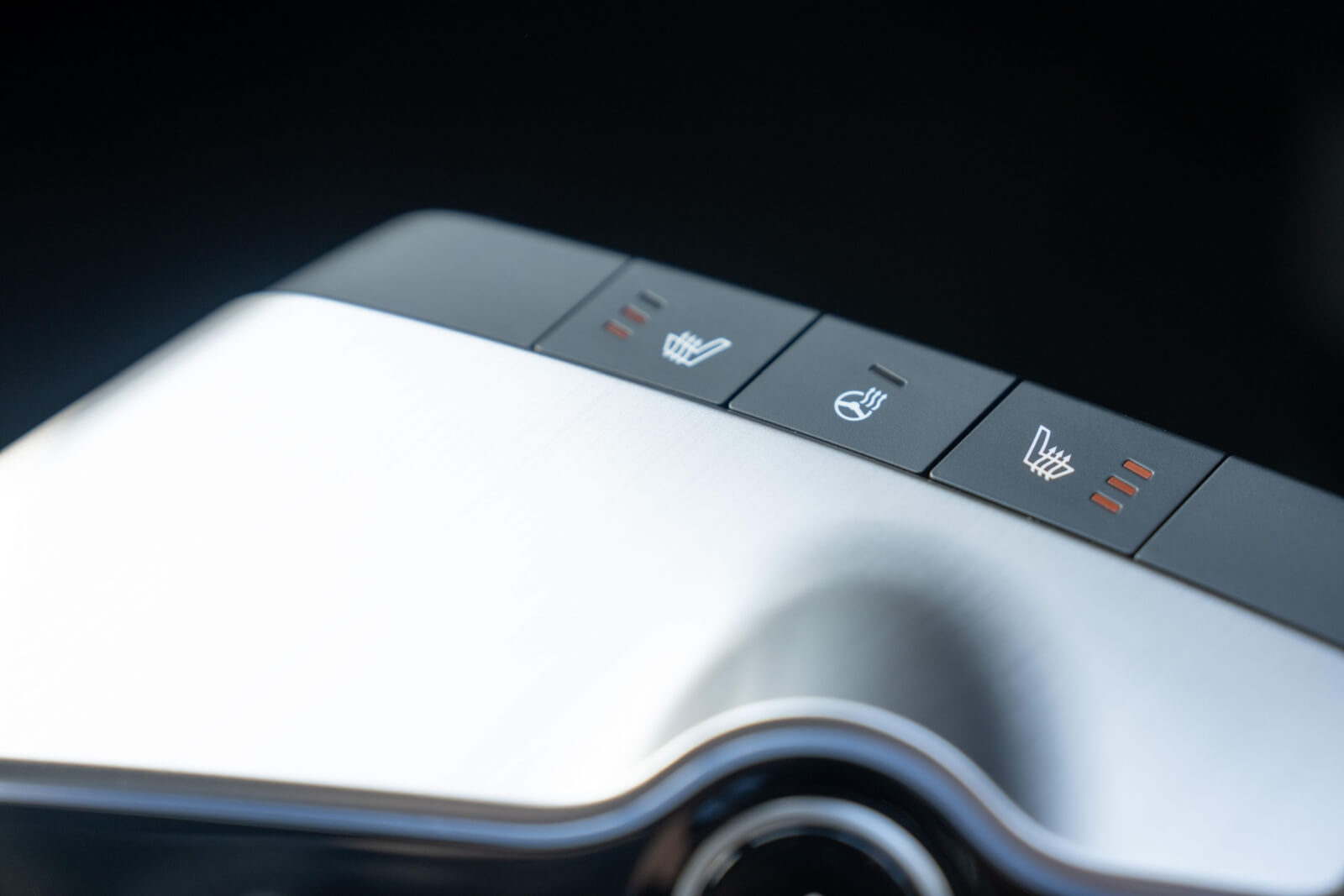
EV6 GT-Line adds:
Blind Spot View Monitor
Surround cameras incl. 3D View
Power child locks

How much does the Kia EV6 GT cost to run?
The Kia EV6 GT comes with a remarkable seven-year, unlimited-kilometre manufacturer’s warranty, one of the longest in the business, topped only by Mitsubishi’s 10-year warranty. But, Mitsubishi’s offering is essentially a five-year warranty because years six to 10 are applicable only if the car is serviced at a Mitsubishi dealership.
The EV6's 77.4kW lithium-ion battery comes with a seven-year, 150,000km warranty.
Buyers of EV6 receive a year of free roadside assistance, which can be stretched to eight years if owners choose to get their services exclusively from the Kia dealership network.
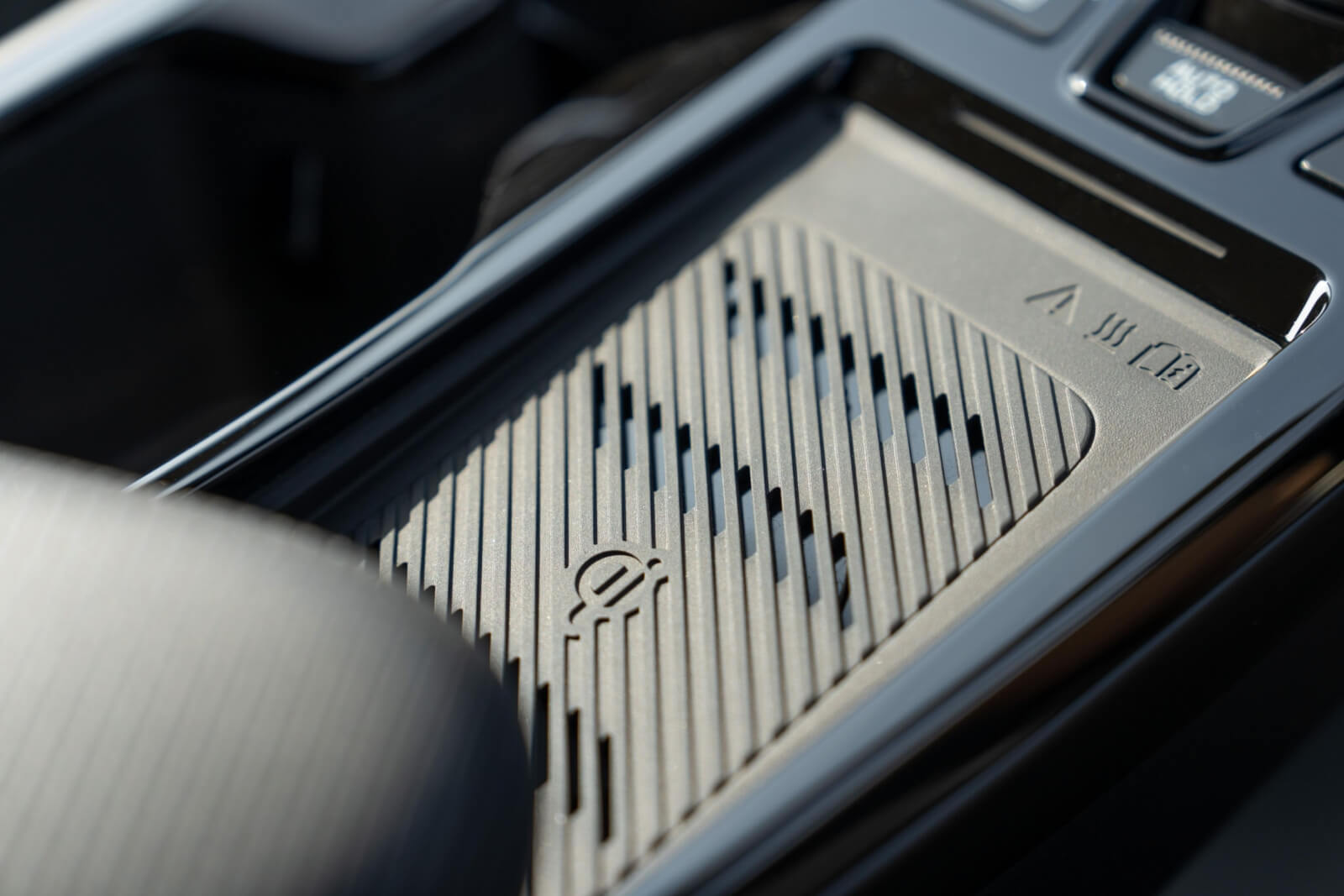
Capped-price service packages for the EV6 GT are quoted at $733 for three years, $1371 for five years, and $2013 for seven years. The service intervals are every 12 months or 15,000km, whichever arrives first.
This stands in contrast to some EV manufacturers who only demand servicing every couple of years. Brands like BMW operate a condition-based service program that uses the car’s various sensors to monitor functioning and notify for servicing only when required.
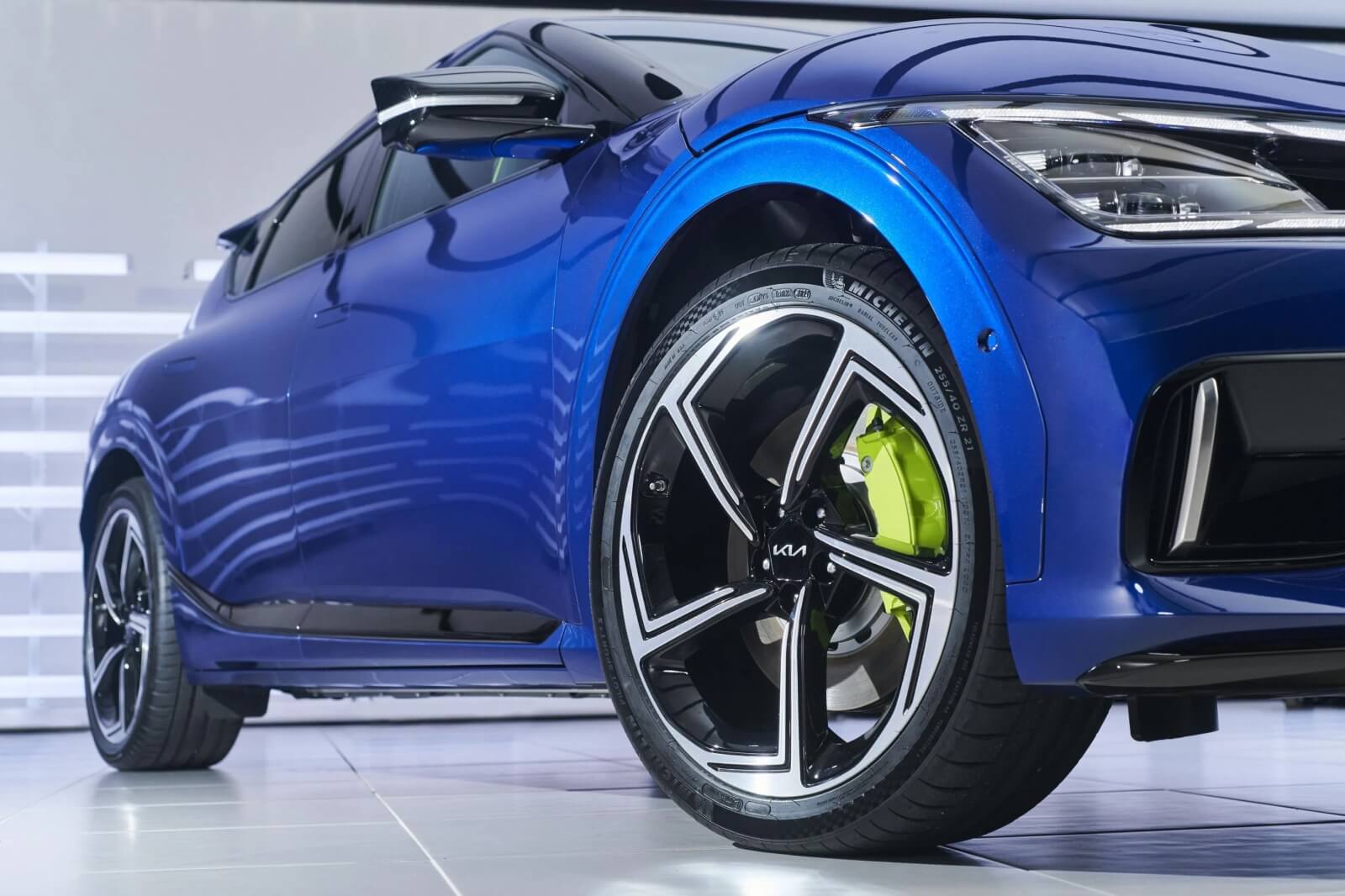
Yeecar’s Take on the Kia EV6 GT
The EV6 GT is an engineering marvel. It would be so regardless of the manufacturer.
If you desire something closest to a grand touring electric sports car for $100,000, then the Kia EV6 GT is your answer. This extraordinary machine comes alive on the right roads, slicing through corners at an alarming speed that belies its silence and a grace that conceals its velocity. The Kia EV6 is an unyielding master of winding roads that also performs admirably on daily commutes.
The fact that this model comes from Kia - a brand without a prior pedigree in this performance arena - is even more striking and serves as the most evident sign yet of Kia’s seriousness in the 2020s.
Many have already dubbed the EV6 GT a performance bargain, and we're inclined to concur.
However, some compromises were made to hit that roughly-$100K price tag - including accepting an interior that is eclipsed by (admittedly slower) combustion-engine performance cars at this price point, such as the BMW M340i ($104,900).
Nevertheless, we're charmed by the GT’s excellent Australian suspension and steering tune – coupled with its rapid 800-volt charging capabilities that partially compensate for the average touring range.

